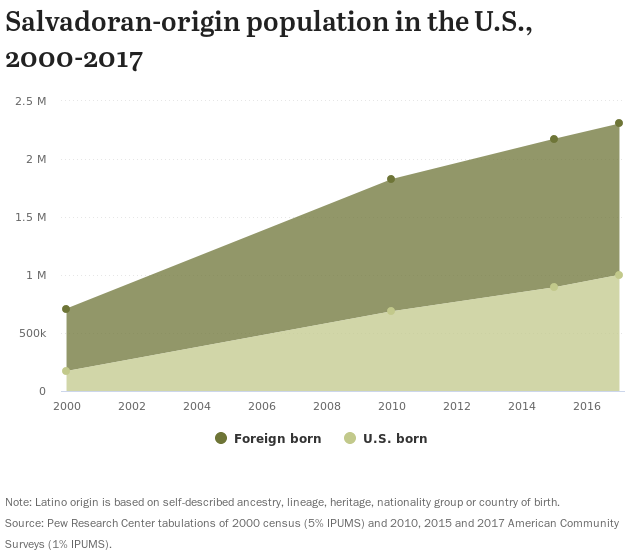
General Consulate in New York
12W 37th Street
New York, NY 10018
Phone:(+1) (888) 301-1130
Email: consuladonyc@rree.gob.sv
El Salvador Embassy in USA
1400 16th Street, NW, 20036 USA
Washington DC
Phone1: (202) 265-9671
Phone2: (202) 265-9672
Email: correo@elsalvador.org
USA Embassy in El Salvador
Final Boulevard Santa Elena Antiguo Cuscatlán,
La Libertad
Telephone: (503) 2501-2999
Fax: (503) 2501-2150
